Rocks cut in half are captivating specimens that offer a window into the Earth’s inner workings. By cutting rocks and polishing them, their inner structures, such as mineral composition, texture, and color, are revealed. In the field of geology, rocks cut in half are paramount in understanding the Earth’s history, including the formation of different rock types, the movement of tectonic plates, and the evolution of life on our planet. Let’s delve into the significance of rocks cut in half in geology and explore the techniques used to create them.
Methods of Cutting Rocks
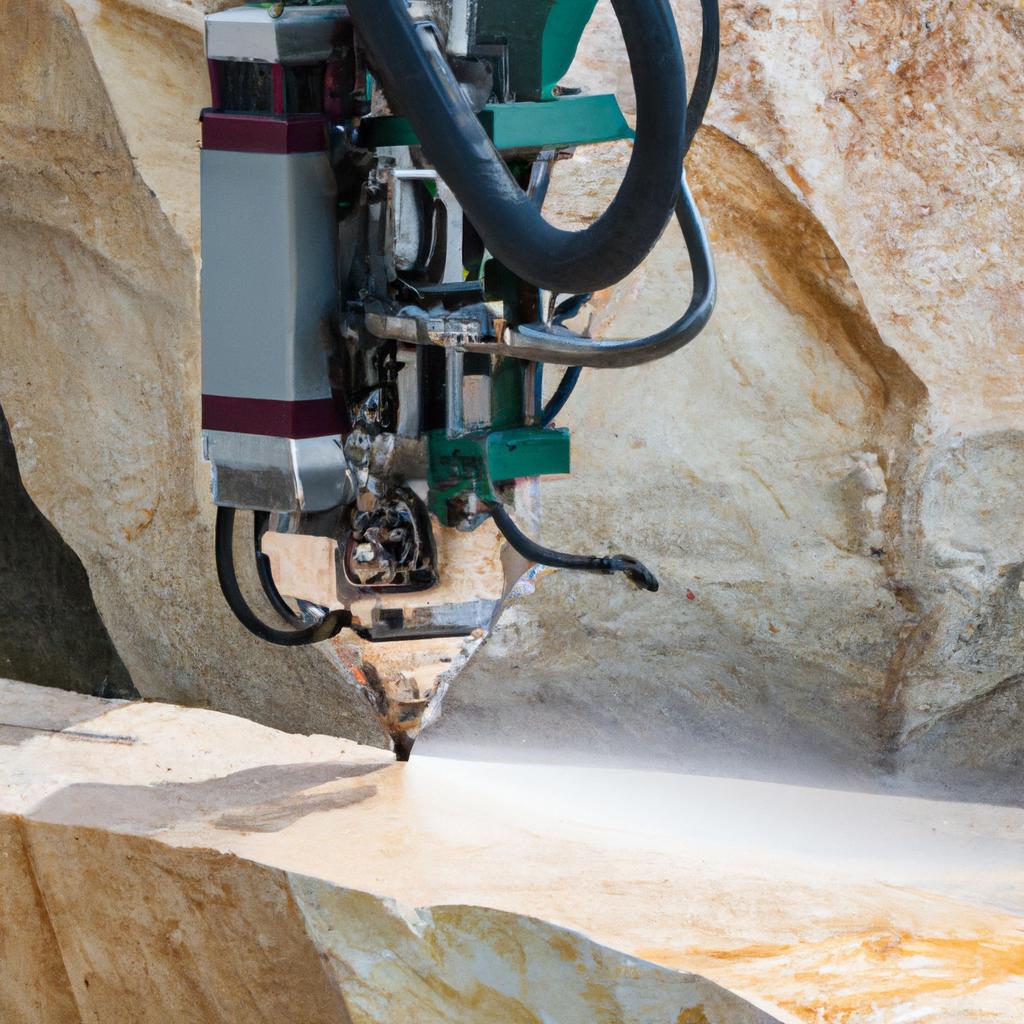
There are several methods used to cut rocks in half, each tailored to the type of rock and desired outcome. Traditional methods involve using a hammer and chisel, while newer techniques utilize diamond saw blades, waterjet cutting machines, and wire saws.
Diamond saw blades are the go-to tools for cutting rocks. Made of industrial-grade diamonds, these blades are exceptionally hard and can cut through even the toughest rocks. They find extensive use in the construction industry, slicing through materials like granite and marble.
Waterjet cutting machines are another popular option. Using a high-pressure stream of water mixed with abrasive materials, such as sand, these machines precisely cut through softer rocks like sandstone and limestone. This method minimizes waste, making it environmentally friendly.
Wire saws, equipped with diamond beads, are invaluable for cutting through large blocks of granite and marble. Their precision and minimal waste production make them ideal for construction or decorative purposes.
Thanks to technological advancements, cutting rocks has become more efficient and accurate. These methods have facilitated geological research, allowing us to gain a deeper understanding of Earth’s history.
Tools Used for Cutting Rocks
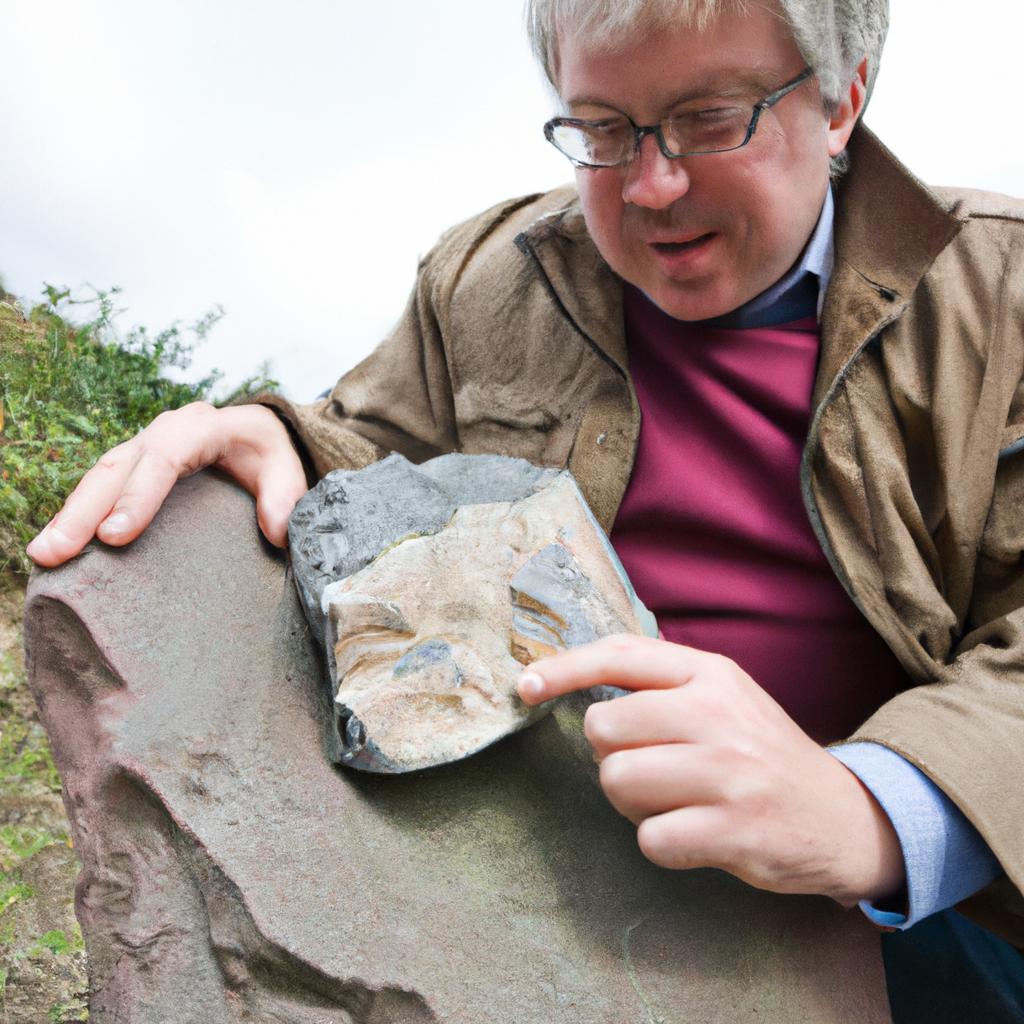
Let’s take a closer look at some of the most common tools used to cut rocks in half:
Diamond Saw Blades
Diamond saw blades, the most prevalent tools in rock cutting, are made of industrial-grade diamonds. These blades are available in various sizes and shapes and are usually operated by motor-driven machinery that glides the blade across the rock, effortlessly slicing through it.
Waterjet Cutting Machines
Waterjet cutting machines employ a high-pressure jet of water combined with abrasive materials to cut through rocks. This method excels at cutting delicate rocks like sandstone and limestone. Its precision and minimal waste output make it an eco-friendly choice.
Wire Saws
Wire saws feature a wire embedded with diamond beads, enabling them to smoothly cut through rocks. These saws are particularly useful for cutting large blocks of granite and marble. Their precision and minimal waste production make them perfect for construction or decorative purposes.
Uses of Rocks Cut in Half
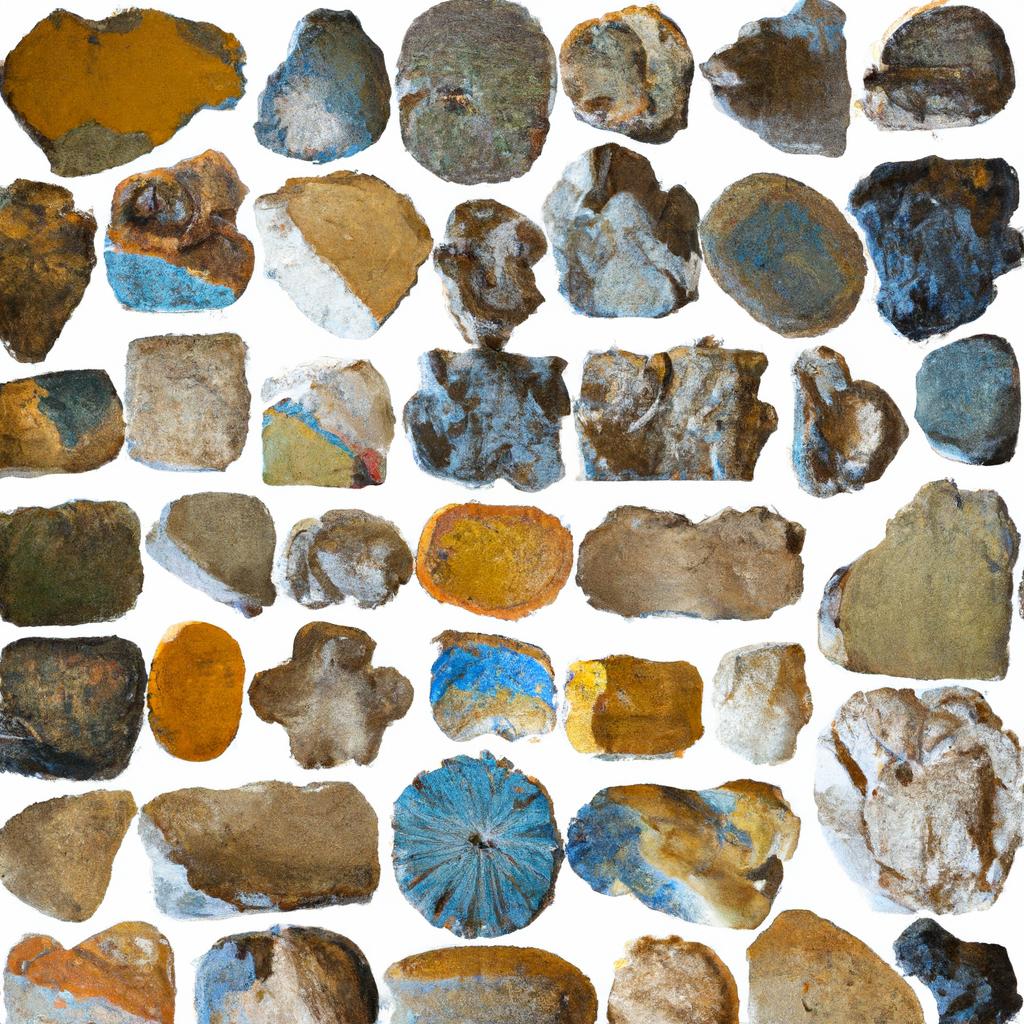
Rocks cut in half serve several purposes in the field of geology. Here are some of the most common uses:
Study of Mineral Composition
By cutting rocks in half and analyzing their mineral composition, geologists gain insights into the rock’s origin and history. Different minerals form under specific conditions, and studying their presence helps determine the rock’s formation location and process.
Identification of Fossils
Rocks cut in half are also valuable for identifying fossils. Geologists can examine the rock’s texture and composition to determine its age and the fossils it contains, providing a glimpse into the Earth’s ancient life.
Assessment of Rock Quality for Construction
Rocks cut in half aid in assessing rock quality for construction purposes. Engineers can examine the rock’s texture and composition to determine its suitability for use in building materials like countertops, flooring, and walls.
Examples of Rocks Cut in Half
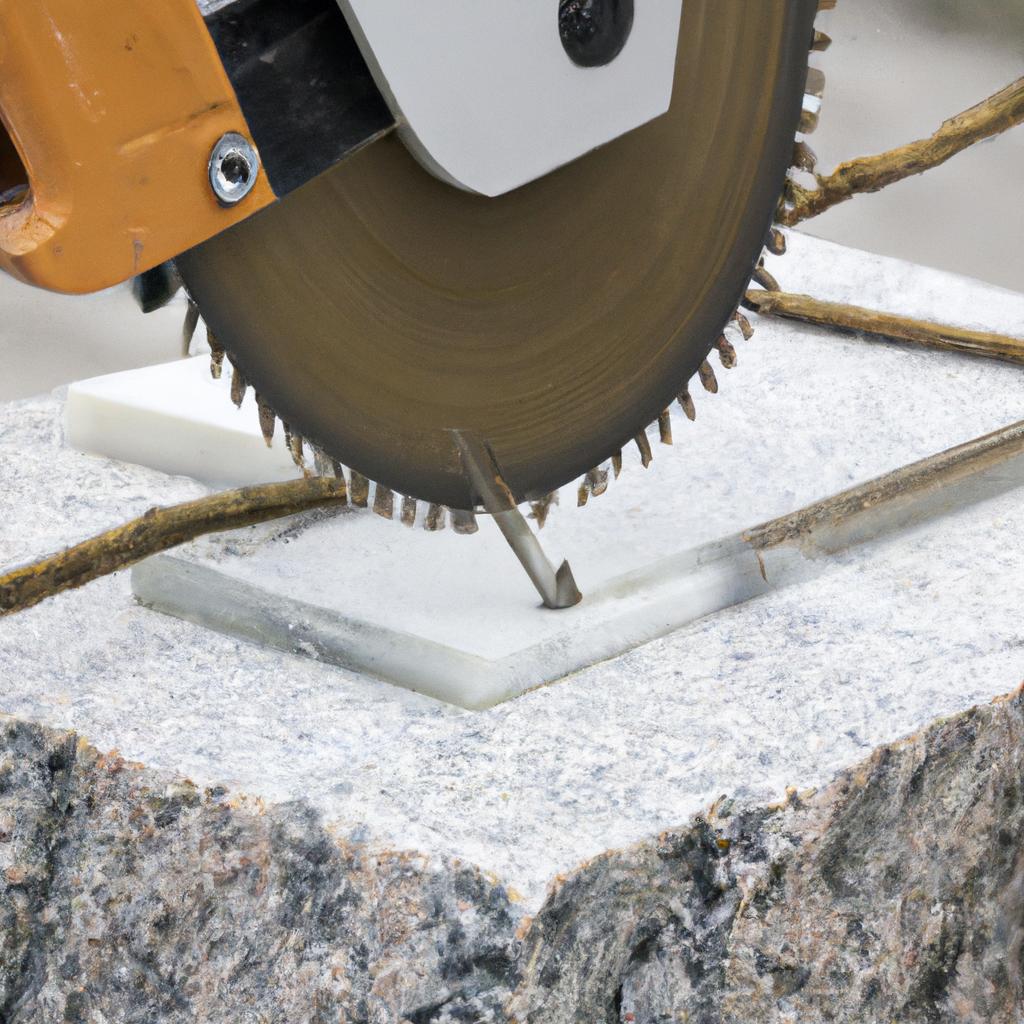
Rocks cut in half are instrumental in studying various rock types. Some commonly studied rocks include granite, marble, and sandstone.
Granite, often used in construction, is a hard, coarse-grained rock composed of minerals like feldspar, quartz, and mica. Studying its composition and structure through rocks cut in half aids in identifying its quality and durability, making it suitable for countertops, flooring, and monuments.
Marble, another popular rock type in construction and sculpting, is a metamorphic rock composed of calcite or dolomite minerals. Its unique veined structure makes it highly sought after. Examining its mineral composition and structure through rocks cut in half provides insights into its formation and quality.
Sandstone, a durable sedimentary rock composed of sand-sized grains, is commonly employed in building and construction. Studying its texture and mineral composition through rocks cut in half reveals valuable information about its formation and age.
Conclusion
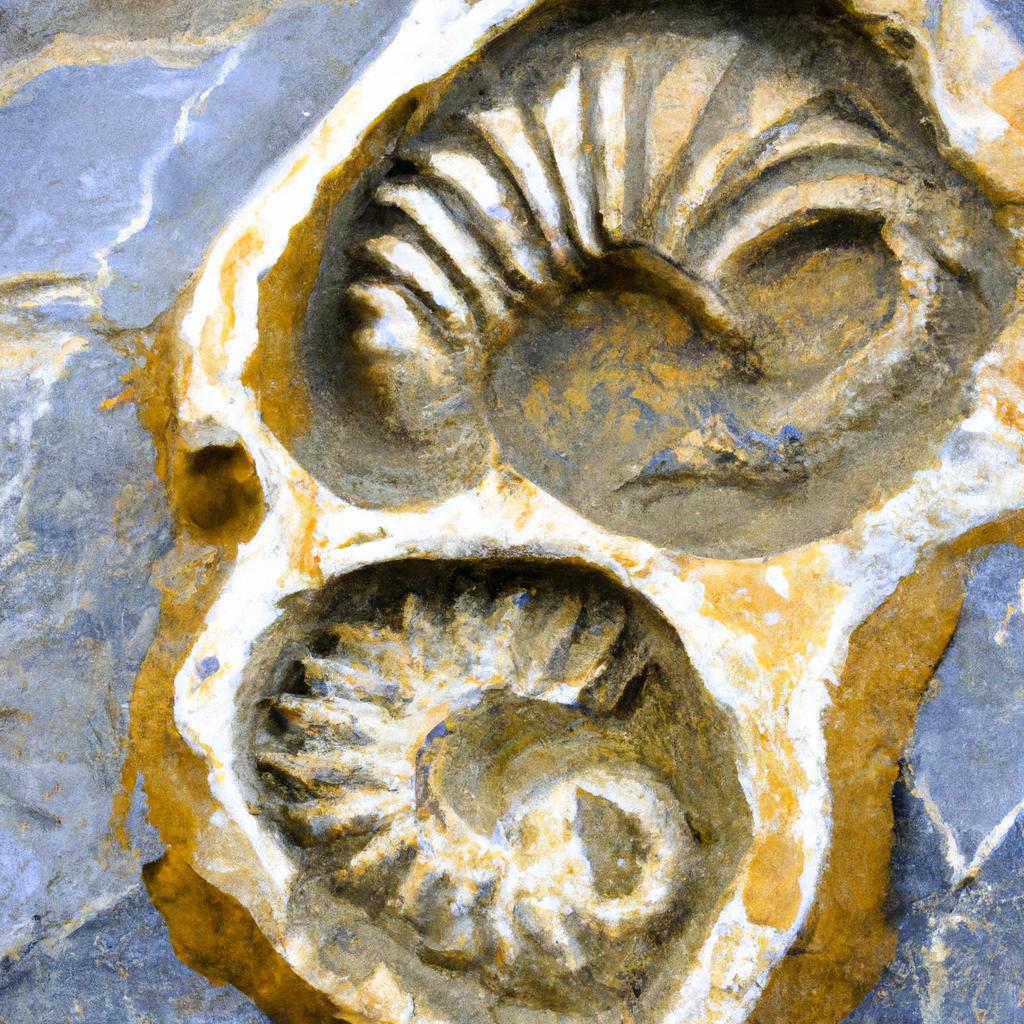
In conclusion, rocks cut in half play a critical role in geology, unveiling insights into Earth’s history and the formation of different rock types. Advances in cutting techniques and technology have enabled geologists to study rocks with greater precision and accuracy.
Looking ahead, ongoing technological advancements promise a bright future for cutting rocks in half. With new methods and techniques being developed, the study of rocks will become easier and more efficient, further enhancing our understanding of Earth’s history. At TooLacks, we are dedicated to providing informative content about nature, gardening, animals, and more. We hope this article has helped you appreciate the importance of rocks cut in half in the field of geology. Visit TooLacks here to explore more fascinating topics.



